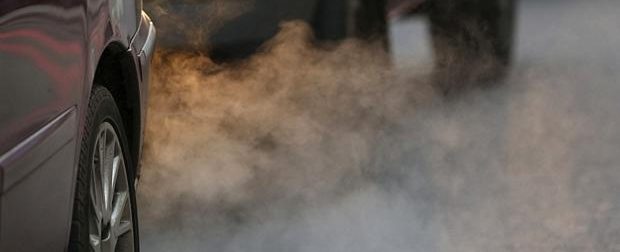November 27th, 2017
Ireland’s greenhouse gas emissions increased by 3.5 per cent in 2016 with significant increases observed in agriculture, transport, and energy, new data from the Environmental Protection Agency shows.
The environmental watchdog’s Provisional Greenhouse Gas Emissions report estimates that total national greenhouse gas emissions were over 61Mt CO2 eq in 2016, returning to levels not seen since 2009.
According to the report, national emissions have now increased by over seven per cent in just two years, indicating that Ireland has not decoupled emissions from economic growth.
The report finds that Ireland’s goal of decarbonisation by 2050 will be difficult to achieve as emissions increase in the three main contributing sectors – agriculture, transport, and energy.
In 2016, there was a 2.7 per cent in emissions from agriculture, a 3.7 per cent increase in the transport sector and a 6.1 per cent increase in emissions from the energy industry.
holstein-cattle Photo: CallyL
Agriculture
Agriculture remains the largest contributor to greenhouse gas emissions in Ireland, accounting for 32 per cent of Ireland’s overall emissions.
The most significant driver for agricultural emissions is higher dairy cow numbers which reflect national plans to expand milk production under Food Wise 2025 targets, the report states.
Dairy cow numbers have increased by 22 per cent in the last four years with greenhouse gas emissions up 8 per cent over that period, the report states.
According to Dr Eimear Cotter, Director of the EPA’s Office of Environmental Sustainability, the growth in the dairy sector “points to very significant risks in relation to meeting our decarbonisation objectives.”
“Ireland must optimise agricultural production to ensure long-term environmental integrity and sustainability,” she added.
The estimates of agricultural emissions for 1990 to 2015 was written down significantly by 3.6 per cent (0.71 Mt CO2 eq) based on research from the Agricultural Greenhouse Gas Research Initiative for Ireland (AGRI-I).
This research investigated the nitrous oxide emission factors for nitrogen fertiliser use and nitrous oxide emission factors for dung and urine deposited by grazing cattle on soils.
Launched in January 2012, AGRI-I is funded by the Department of Agriculture, Food and the Marine Research Stimulus Fund.

Transport and Energy
Transport emissions are up 13 per cent over the last four years, primarily driven by economic and employment growth. There is no sign of abatement in the short term, the report states.
The increase in energy emissions is primarily due to an increase in the demand for electricity and more electricity generation from gas.
This is the second year in a row that an increase in the emissions intensity of electricity generation was noted by the EPA.
Dr Cotter said that we must also see progress in shifting away from fossils fuels in the transport and energy sectors.
“We need to adopt a much greater sense of urgency about reducing our dependence on fossil fuels while radically improving energy efficiency.











